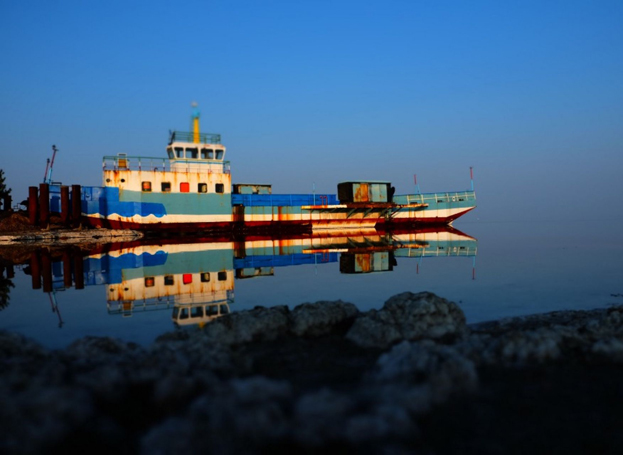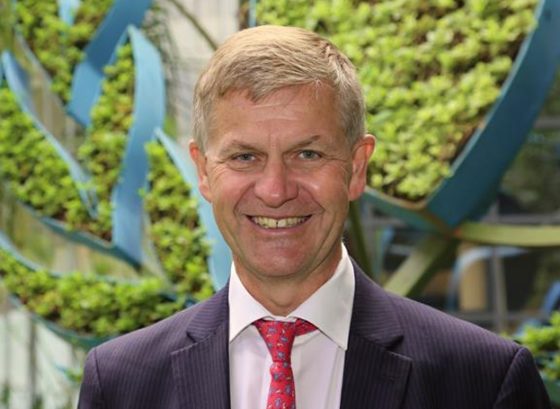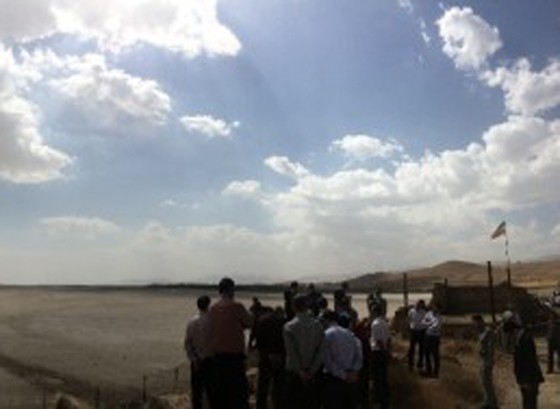A Resurrection in the Middle East Life has returned to a dying salt lake in northwest Iran

By Erik Solheim, Head of UN Environment, and Gary Lewis, UN Resident Coordinator in the Islamic Republic of Iran, AVA Diplomatic reports.
Lake Urmia was once the second largest saltwater lake in the world. But years of man-made disruption—from 60 years of dam building to the massive overuse of feeder rivers—has diverted the natural flow of Sweetwater from the surrounding basin into the salty lake.
As a result, the lake simply dried out. It died at the hands of humans.
But the effort to fix what had been broken is succeeding. There is water now. Not nearly enough, but much more than before.
The lake is coming back. This revival is the result of an immensely successful collaborative effort involving many players — some Iranian, some foreign.
We visited Lake Urmia this week to see the progress.
Four years ago, the landscape was barren.
In those days, standing on the flat, dead salt bed—which is what the exposed bottom of the lake had become—was like standing on a different planet. The water had gone. But the wind hadn’t. And that gusting wind whipped up the exposed salt granules, blowing them into the face and the lungs of anyone near the lake, and onto the surrounding farmlands.
Imagine what living in this dust bowl would be like — day-in and day-out—for the residents and farmers in the Lake Urmia Basin.
People would develop cancers from the poor quality of air. Crops would die from salted soil.
And as farmers drilled wells deeper into the aquifers at the side of the lake, the groundwater would become depleted, allowing saltwater to seep in.
It was becoming just like the situation in the similarly dried-out Aral Sea in Central Asia: people afflicted with allergies, respiratory diseases and cancers — crops failing—futures imperiled.
Fast forward four years. Our plane landed in Urmia on a crisp, clear February morning. There was talk of improvement. But best to see things with your own eyes.
We approached the vast open expanse of lake bed when we saw the morning sun glimmering off something that was not there four years ago.
Water. Not deep. But enough to cover the salt granules. As we drove across the bridge which bisects the lake, the glimmer stretched out towards the rising sun.
Here is what it looked like in October 2013




